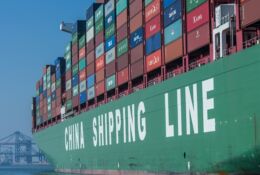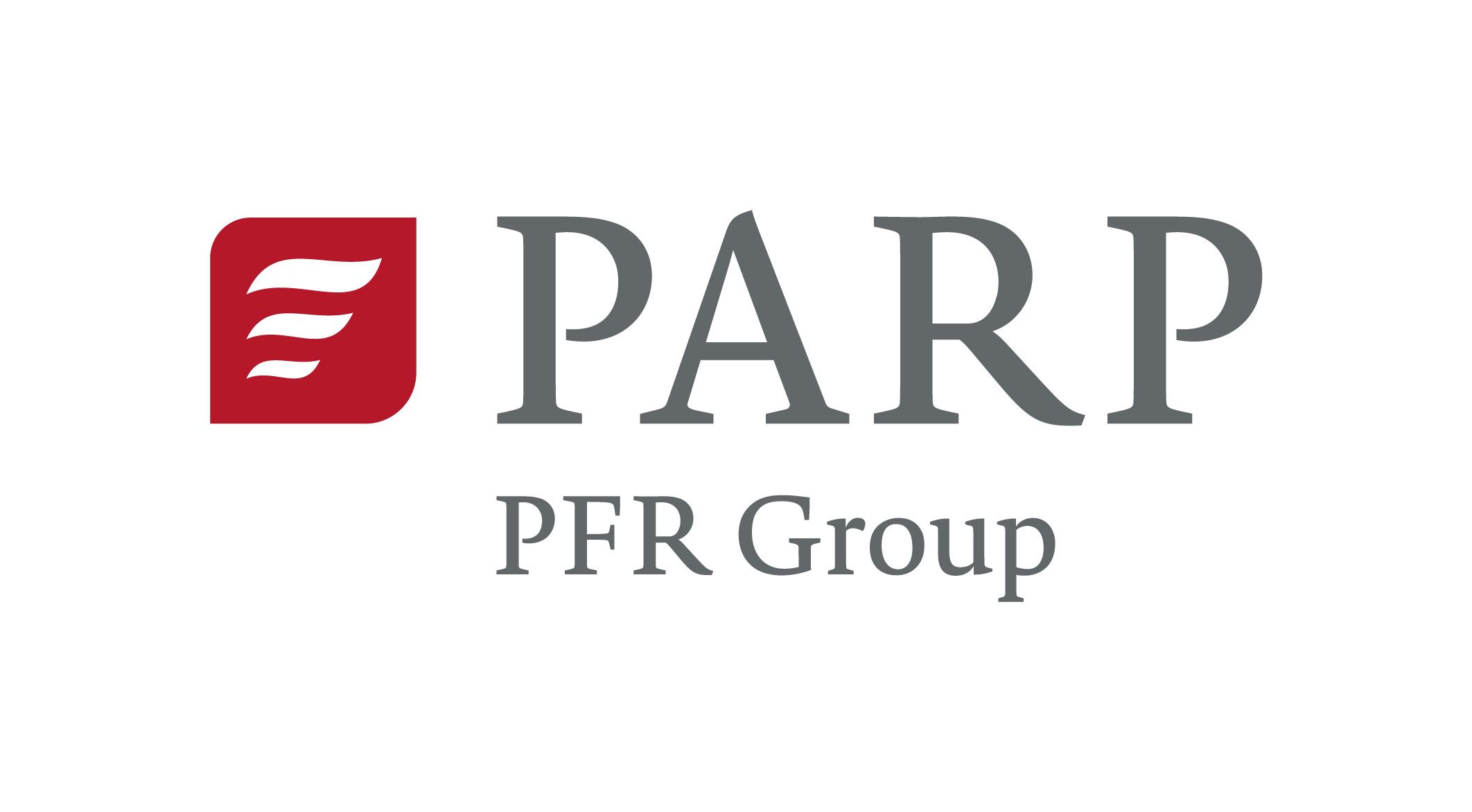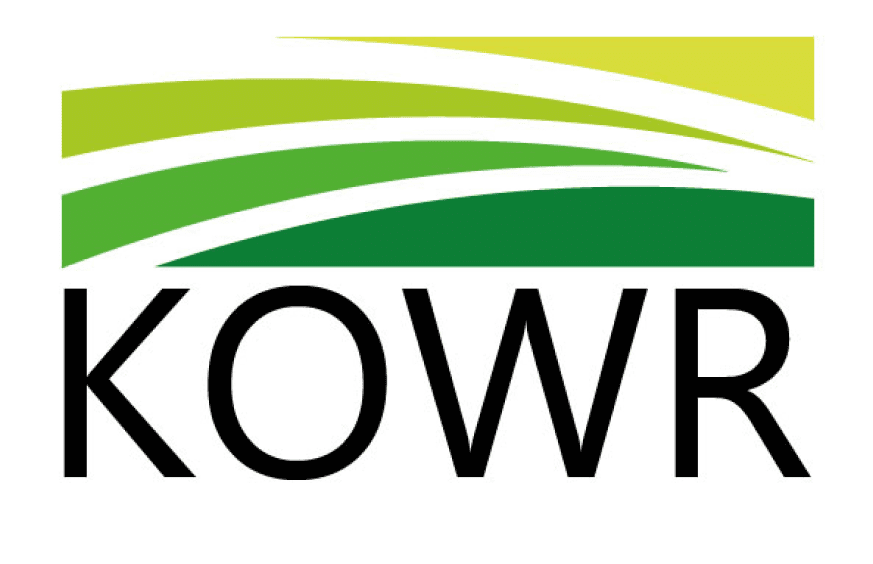The Polish clothing industry – a growing role in international trade
30.04.2025
In recent years, the Polish clothing industry has clearly strengthened its position on the global market. Thanks to the intensive development of exports, investments in new technologies and growing environmental awareness, this sector is becoming an increasingly important player on the map of global trade. Despite the challenges posed by competition from Asia or changing EU regulations, the prospects for Polish manufacturers remain promising.

For several years, Poland has been steadily increasing its share in the global clothing exports. In 2023, the value of exports exceeded EUR 10.9 billion, an increase of over 70 percent compared to 2019. At the same time, Poland took 11th place on the list of the largest exporters of clothing in the world and moved up to 9th place among the largest importers.
However, it is worth noting that a significant part of exported clothing is imported. Poland plays the role of a logistics hub, playing a significant role in the flow of goods in Europe. Germany remains the main recipient of Polish clothing – in 2023, as much as 42 percent of Polish exports went there. The next positions are occupied by the Czech Republic, the Netherlands and Switzerland.
Poland’s strong position in the European clothing trade is due to both its geographical location and the flexibility of Polish manufacturers, who quickly adapt to changing market expectations.
The structure of the sector and condition of companies
The clothing industry in Poland is one of the most fragmented segments of the processing industry. As many as 97 percent of the 9,400 companies involved in the production of clothing are micro-enterprises. Despite this, larger companies employing more than 9 people – about 300 entities, including 50 with foreign capital – recorded an improvement in performance in 2023.
The average increase in revenues was 12 percent, with the highest growth rate recorded in the production of workwear and outerwear. Net profit increased by 33 percent, and net return on sales reached 8.9 percent, which is a good result compared to other industries.
Despite higher revenues, the industry struggled with cost pressure. Employee salaries increased by an average of 15 percent, mainly as a result of increases in the minimum wage, which, given the low average wages in the sector, noticeably increased the share of labour costs in the total operating costs.
New trends and directions of development
Global changes in consumption, including a growing interest in sustainable development, are having an increasing impact on the Polish clothing sector. Consumers’ environmental awareness translates into an increase in the importance of clothing from sustainable sources. In 2023, this type of product already accounted for 5.1% of the market in Poland, and forecasts assume a further increase in this indicator.
The e-commerce channel is also developing dynamically. Polish companies invest both in the development of their own online stores and in cooperation with global marketplace platforms. Online export is becoming an important tool for expansion, especially to Western European markets.
More and more often, Polish clothing manufacturers also cooperate with international premium brands, acting as trusted subcontractors, which opens up new opportunities for development and transfer of know-how.
Challenges for Polish manufacturers
The year 2024 was a challenging period. The decline in new orders, both domestic and foreign, and the strengthening of the zloty have a negative impact on the price competitiveness of Polish products. At the same time, the weak economic situation in Poland’s largest trading partners, especially Germany, puts an additional burden on the industry.
Pressure from Asian suppliers, offering cheaper clothing, often at the expense of lower standards of work and quality, also remains a significant threat. In addition, the Polish industry has to face the growing regulatory requirements of the European Union, including those regarding the durability of products, their repairability and recyclability. The costs of adapting to these requirements are particularly acute for small and medium-sized enterprises.
Moreover, the sector has not been covered by State aid under programmes for energy-intensive industries, which, against the background of rising energy costs, may limit the investment opportunities of many companies.
Opportunities for development despite difficulties
Despite numerous challenges, the Polish clothing industry has significant advantages that can ensure its further development. The high standards of work in Poland are a competitive advantage compared to many Asian suppliers, especially in the context of growing ESG requirements on European markets.
An additional opportunity is created by available European funds, including funds from the National Recovery Plan, which can be used to invest in new technologies, automation of production and the development of ecological clothing lines.
Specialisations such as sportswear, workwear, underwear and children’s clothing can become the engine of export expansion, especially as these products are in increasing demand in Western European markets.
Prospects: what awaits the Polish clothing industry in the coming years?
Although the industry has to reckon with a slowdown in the growth rate in the short term, medium- and long-term forecasts remain optimistic. According to estimates, by 2028 the value of the clothing market in Poland will increase to EUR 17.5 billion. The men’s clothing segment has the greatest growth potential, which will grow faster than the overall market in the coming years.
Source: PKO BP, Rynki międzynarodowe: odzież. Sytuacja bieżąca i prognozy do 2028
- Everything
- News (303)
- Events (173)
- Get Support (83)
-

DIGITEX SP. Z O.O. SP. K.
IT and telecommunication equipmentShow allShow more Show lessDigitex is a leading Polish manufacturer of integrated public warning and emergency communication systems. For over 40 years, we have developed advanced technologies for digital alerting, mass warning and notification systems, IP/VPN-based communication and DSE electronic sirens. Our cutting-edge, scalable solutions support public administration, crisis management, civil defence, fire brigades, military and critical infrastructure operators in Poland and in over 20 countries worldwide.

JULIMEX SPÓŁKA Z OGRANICZONĄ ODPOWIEDZIALNOŚCIĄ SPÓŁKA KOMANDYTOWO-AKCYJNA
Fashion and textilesArticles of apparel and clothing accessoriesTextiles, fabrics and articles thereofShow allShow more Show lessJulimex is a leading brand in shapewear and lingerie accessories. Every product is designed and manufactured with great care, attention to detail, and a deep understanding of what women truly need. How do we know their needs? We listen. We stay close to our customers, follow global fashion trends, and continuously evolve to provide solutions that support women in their everyday lives.

BUS-CENTER TOMASZ GAD
Automotive industryShow allShow more Show lessBus-Center is a Polish manufacturer operating since 2002, specializing in premium minibus conversions on Mercedes-Benz Sprinter and Iveco Daily base vehicle. We deliver EU-homologated coach, shuttle, school and VIP configurations, offering high-quality craftsmanship, durability and tailored solutions for transport operators across Europe.

LUBFARM SPÓŁKA AKCYJNA
Show more Show lessLubfarm is a prominent pharmaceutical wholesaler based in Lublin, Poland. With over 30 years of experience, the company distributes a wide range of medicines, medical devices, and supplements to pharmacies and hospitals nationwide. Lubfarm distinguishes itself through modern logistics, high service standards, and a vast product portfolio. As a trusted partner in the healthcare sector, they ensure reliable and timely supplies, playing a vital role in the Polish pharmaceutical market.
-
 Event
EventSolar Energy Expo 2026
Solar Energy Expo is Poland’s largest renewable energy industry trade fair
 Event
EventPolish Logistics Day
The Embassy of the Republic of Poland in Prague cordially invites you to participate in the “Polish …
-
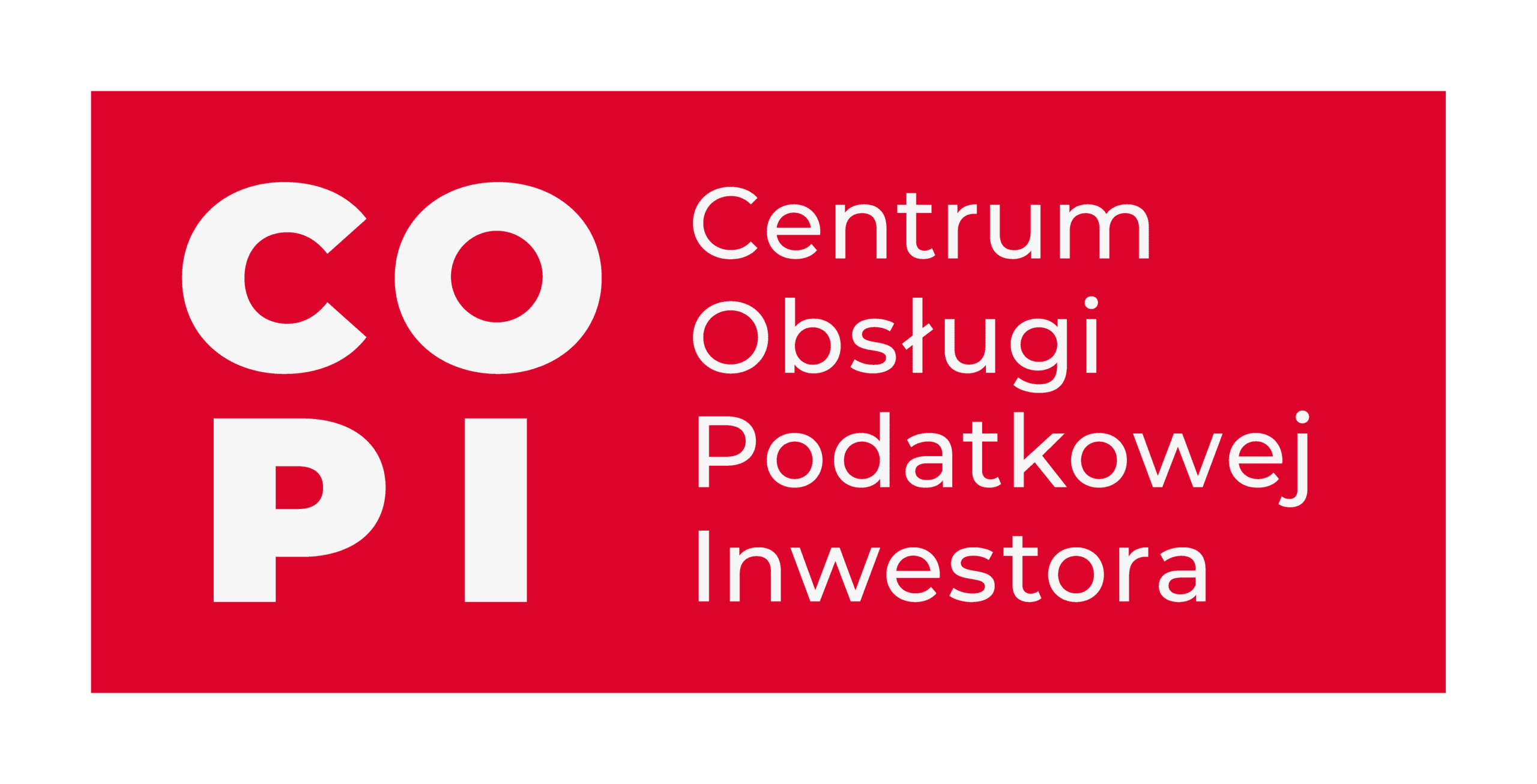 Institution
InstitutionThe Investor Tax Service Center
The Investor Tax Service Center is a unit operating within the Ministry of Finance
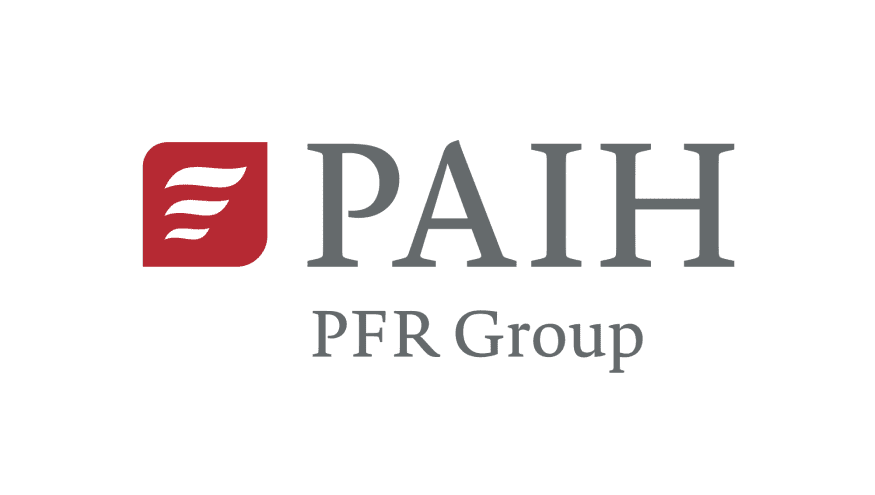 Institution
InstitutionPolish Investment and Trade Agency (PAIH)
The Polish Investment and Trade Agency (PAIH) is the partner of first-resort for entrepreneurs when …
The Export Promotion Portal uses cookies to make it easier for users to use the website and for statistical purposes. If you do not block these files, you agree to their use and saving in the memory of your computer or other device. Remember that you can change your browser settings to block the storage of cookies. More information can be found in Privacy Policy and Terms and conditions.
